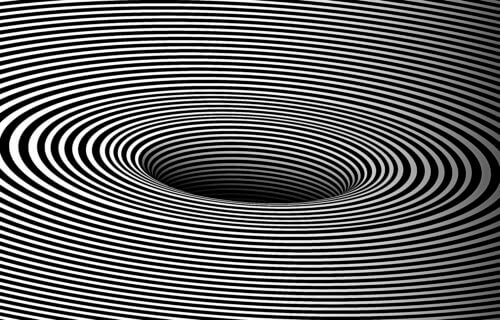You may have heard the term “wormhole” thrown around in sci-fi films and books, but do you know what it actually is? A wormhole is a hypothetical tunnel-like structure proposed by physicists that can connect two different points in space-time. In other words, it is a shortcut that allows matter or information to travel from one point in the universe to another without crossing the space between them.
“A wormhole is a very unstable passage,” explains Maria Spiropulu, from the California Institute of Technology, in a video by Quanta Magazine. “It opens and it closes and it gets chaotic and it gets destroyed.”
Wormholes are predicted by the theory of general relativity, which suggests that they could be possible in certain situations. However, they have never been observed in nature and until now, were completely theoretical. A team of scientists decided to try to build a wormhole using one of Googles’ quantum computers, publishing their groundbreaking findings in the journal Nature.
“By interrogating a two-dimensional gravity dual system, our work represents a step towards a program for studying quantum gravity in the laboratory,” the authors write.
Watch this Tube Find from Quanta Magazine to see how Spiropulu and her team achieved this monumental feat in physics:
Did scientists finally create a real wormhole?

